As summer approaches, the rain army has “arrived” in various ways, turning on the wet mode, and the situation of waterlogging in various places will gradually increase. So the question is, are new energy vehicles afraid of water? Is it safe to charge on rainy days? Can the vehicle damage insurance compensate for flooded cars? Save this article and read it slowly, so that you can travel and charge with peace of mind during this rainy season!
01 Can new energy vehicles wade?
The battery pack of new energy vehicles is usually installed on the chassis. Although the waterproof level is high (IP67 or even higher, which means that it can be immersed in 1 meter deep water for 30 minutes without water ingress), waterproof ≠ diving. When the water depth exceeds half the height of the tire or the water flow is turbulent, do not risk passing. In addition, due to factors such as complex and changeable weather and unclear road conditions in the waterlogged area, car owners should not “ride the wind and waves” at will.
Rashly wading|Possible problems
The accumulated water affects the driving vision, and puddles, debris, etc. may scratch the chassis and battery. Excessive water levels may seep into the car, causing the seats and other interiors to mold, and other electronic circuits to be damaged by water. If the vehicle accidentally falls into a puddle and soaks for a long time, it will also cause a short circuit and lead to a major overhaul of the vehicle.
02 What should be paid attention to when new energy vehicles wade in water?
① Check in advance to prevent short circuits in water
Before driving, the vehicle tires (tire pressure, wear), wipers (whether they can work normally), leaks and chassis should be checked (check whether the battery pack has bumps) to prevent short circuits in the vehicle when wading.
② Strictly prevent leakage and ensure personal safety
When new energy vehicles pass through flooded sections, try to ensure that the depth of wading does not exceed the chassis, and do not wade through rashly; when passing through low-lying flooded areas, drive slowly to avoid ground hidden weapons hitting the chassis or battery box, causing damage or leakage of the vehicle’s power battery, threatening personal safety.
③ Wade and break down, personnel need to evacuate as soon as possible
After breaking down while driving on a flooded road, do not try to restart the vehicle by yourself. The people on the vehicle should decisively and quickly leave the vehicle, move to high ground and a safe area, and call the insurance company’s professional personnel to handle it.
03 Can new energy vehicles be charged on rainy days?
In general, in rainy weather, as long as the inside of the charging gun and the charging port are dry, you can charge with confidence. However, you need to pay attention to the following 4 points:
Before charging, carefully check whether there are any debris or water stains in the charging gun.
When moving the charging gun, point the gun head downward to avoid water ingress.
When conditions permit, try to choose to charge at a non-open-air charging station.
Charging with flying wires on the wiring board is not advisable! Too dangerous!
In extreme weather conditions, you should charge carefully and never charge outdoors: before the typhoon arrives, make sure the vehicle is charged in advance or fully charged as much as possible; outdoor charging is prohibited during heavy rain to prevent rainwater from seeping into the charging port or charging pile, causing short circuits, leakage, or even electric shock risks. In addition, after parking, try to disconnect the vehicle’s low-voltage main power supply, close the doors and windows, and prevent leakage.
04Will the car insurance pay for flooded cars?
Except for vehicle damage caused by product quality reasons, the insurance company will determine the damage and pay according to the two methods of repair and presumed total loss based on the flooding of the vehicle and the degree of loss.
① Repair and damage assessment compensation
During damage assessment, different damage assessment and repair plans are formulated with reference to the flooding level.
The insurance company will jointly negotiate with the maintenance unit based on historical data to determine the rapid damage assessment standard.
After the vehicle is successfully repaired, it will be handed over to the owner for normal use, and the insurance company will complete the compensation payment.
② Presumed total loss compensation
The insurance company generally uses the vehicle damage insurance coverage as the upper limit, and negotiates with the owner whether to use the presumed total loss method for compensation. The owner authorizes and agrees to presume total loss.
Avoid parking your car in low-lying and flood-prone areas, and move the vehicle to a parking lot or indoor garage or open area with high terrain and good drainage in advance to prevent it from being soaked in water.
Do not check or start the vehicle by yourself after it is soaked in water. Even if the water recedes, do not try to start or power on the vehicle. Once the battery pack is flooded, it is very dangerous to handle it by yourself. In short, car owners should try to avoid flooded sections and pay more attention to charging safety during the rainy season.

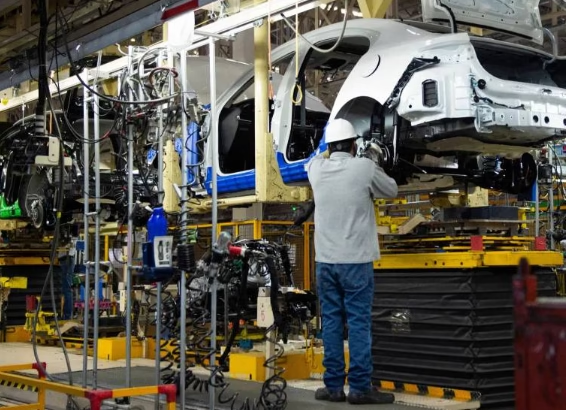




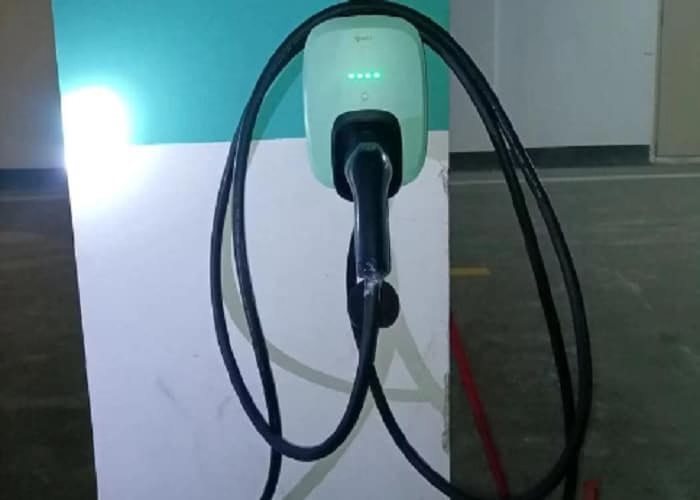
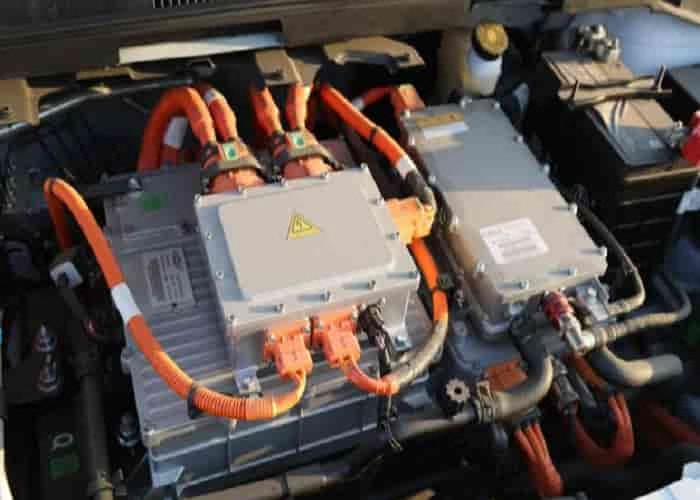
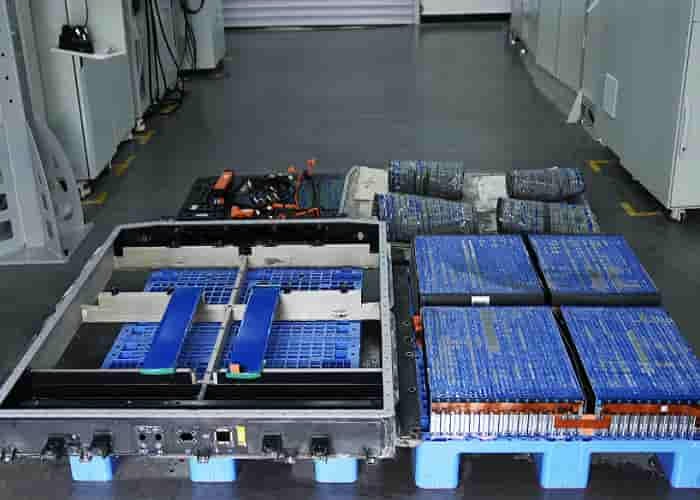
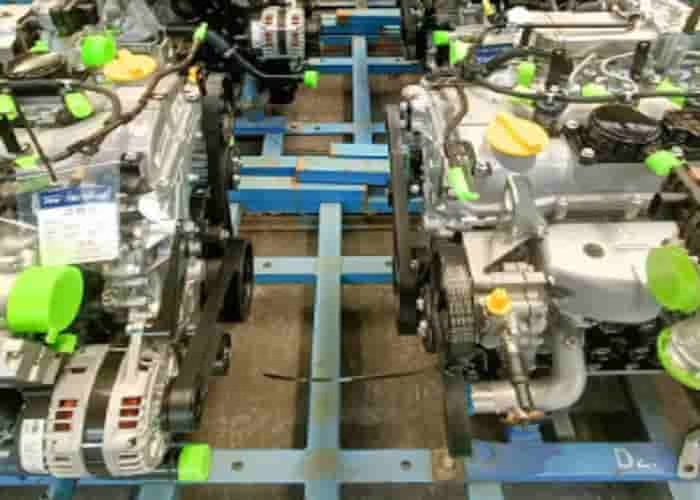
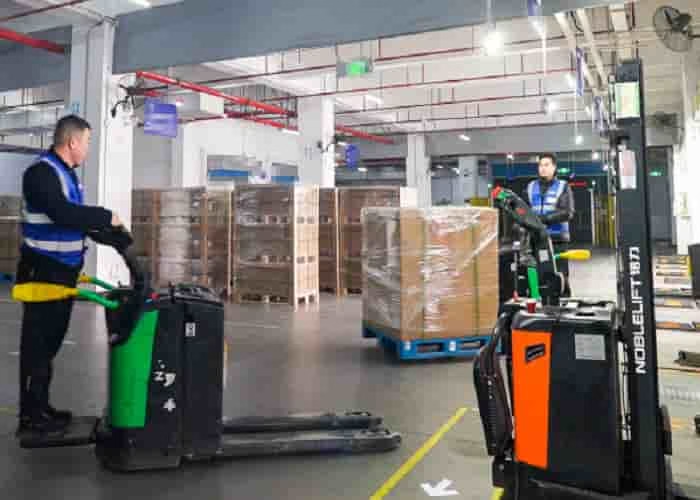
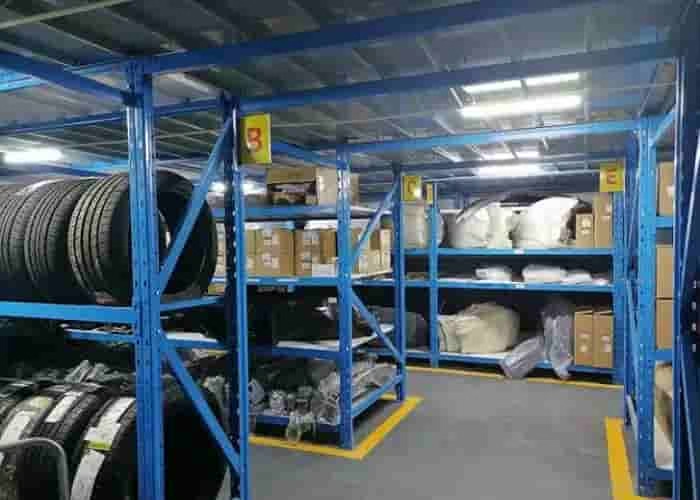
Leave a Reply